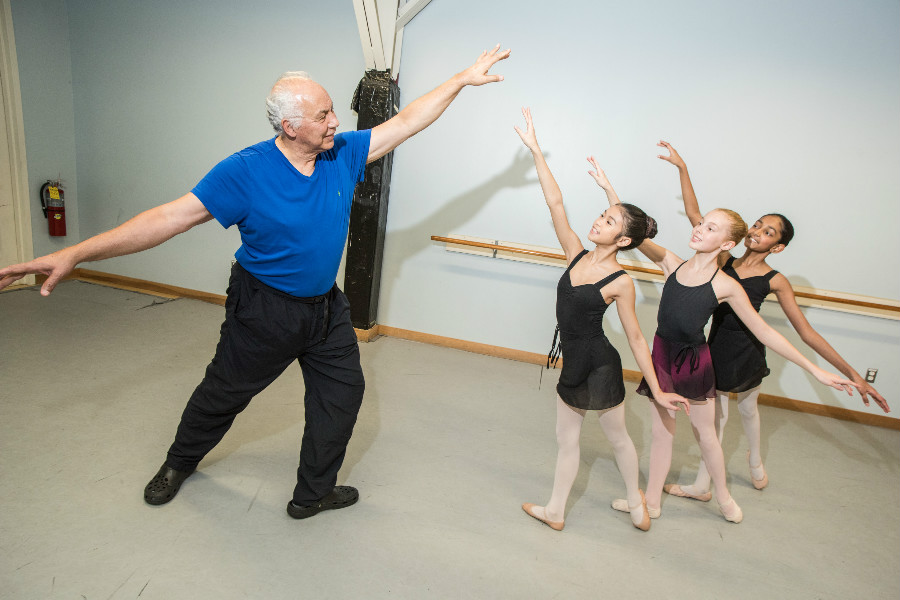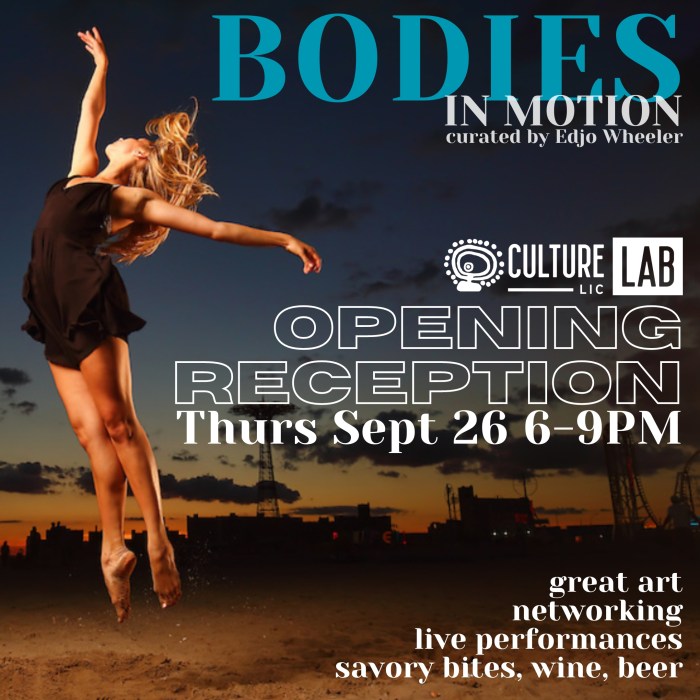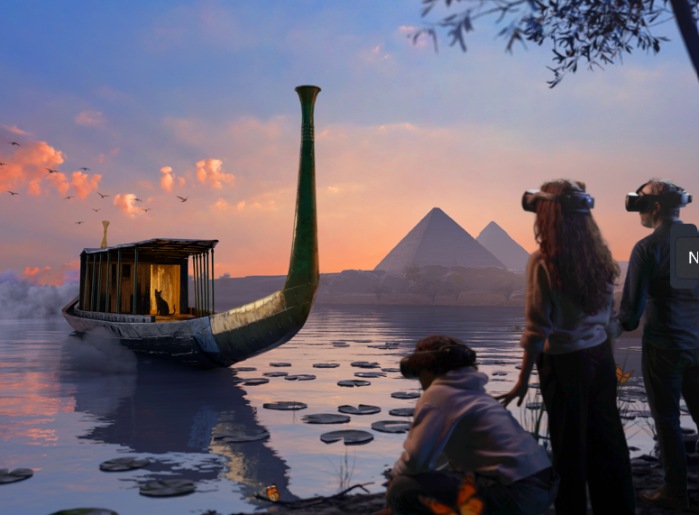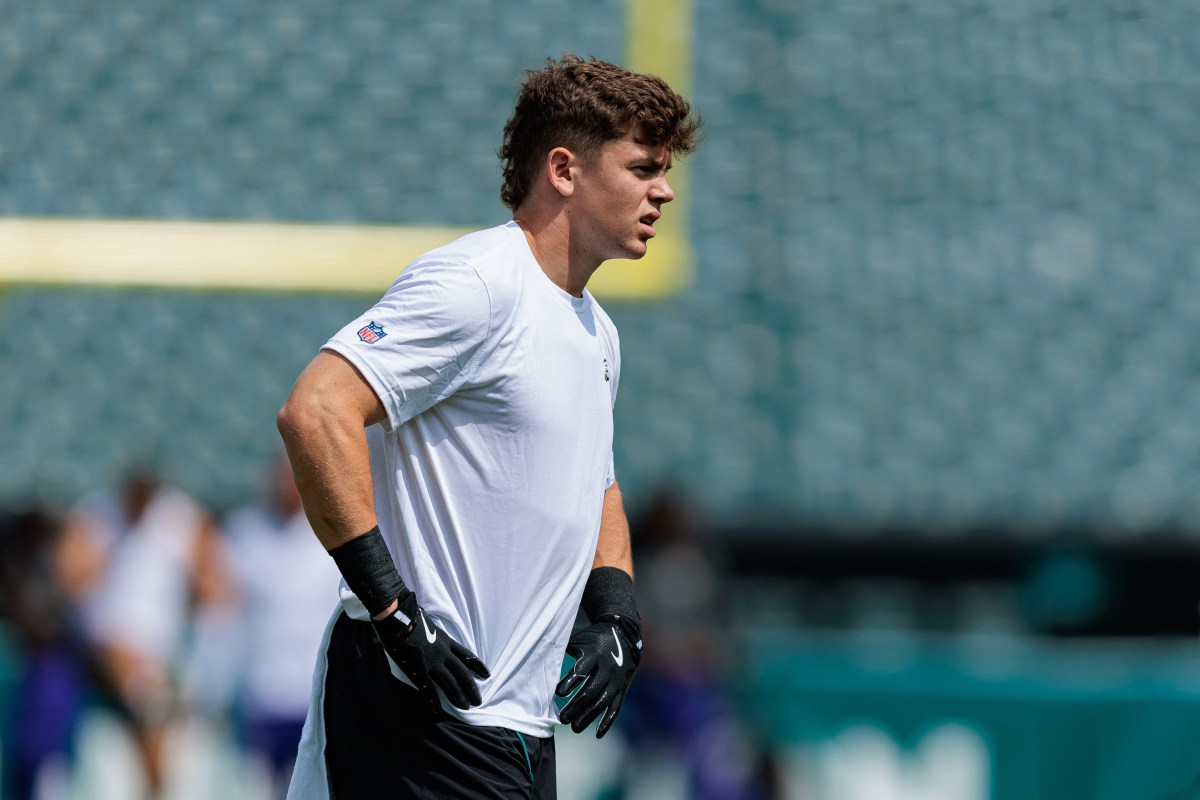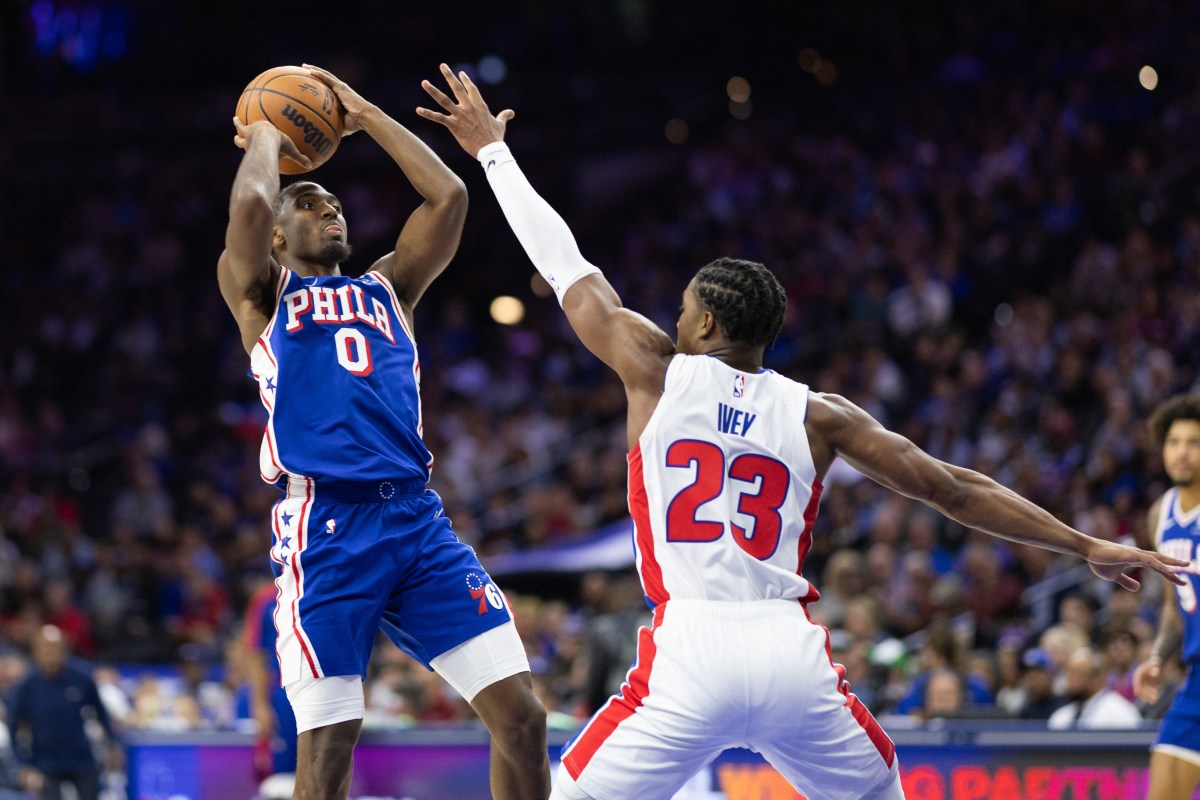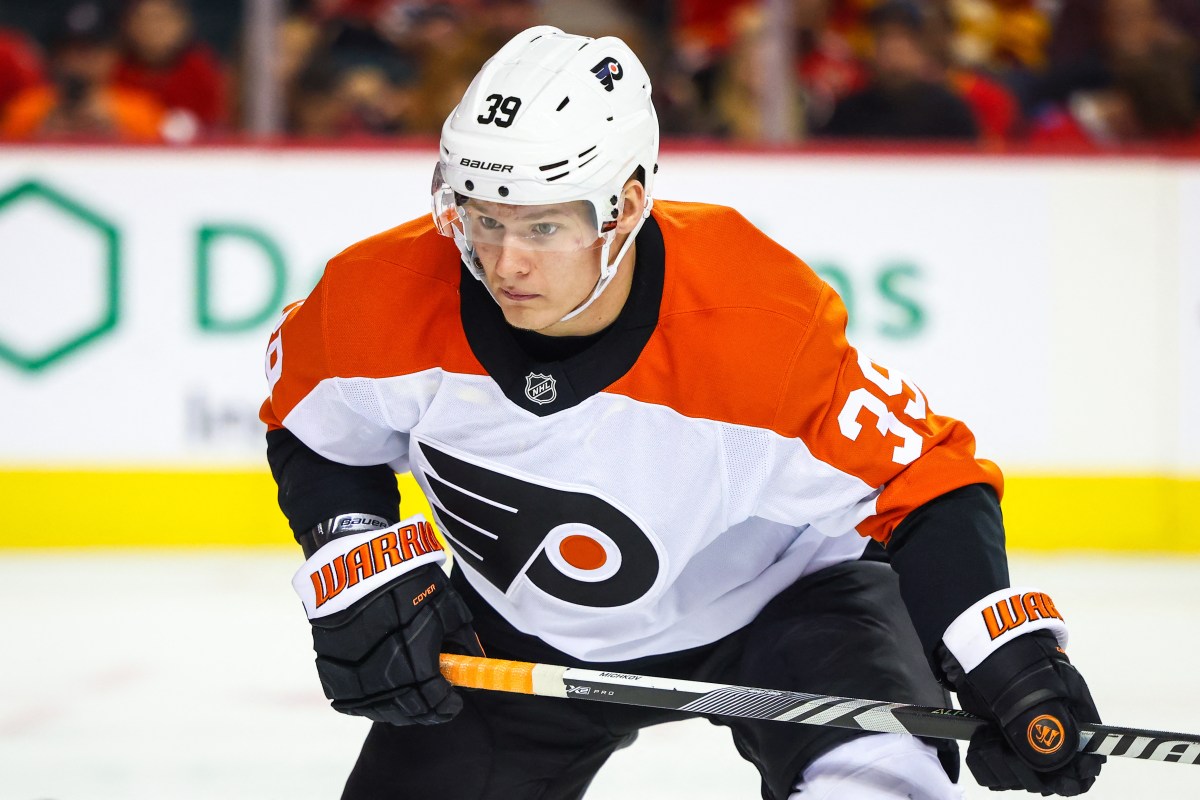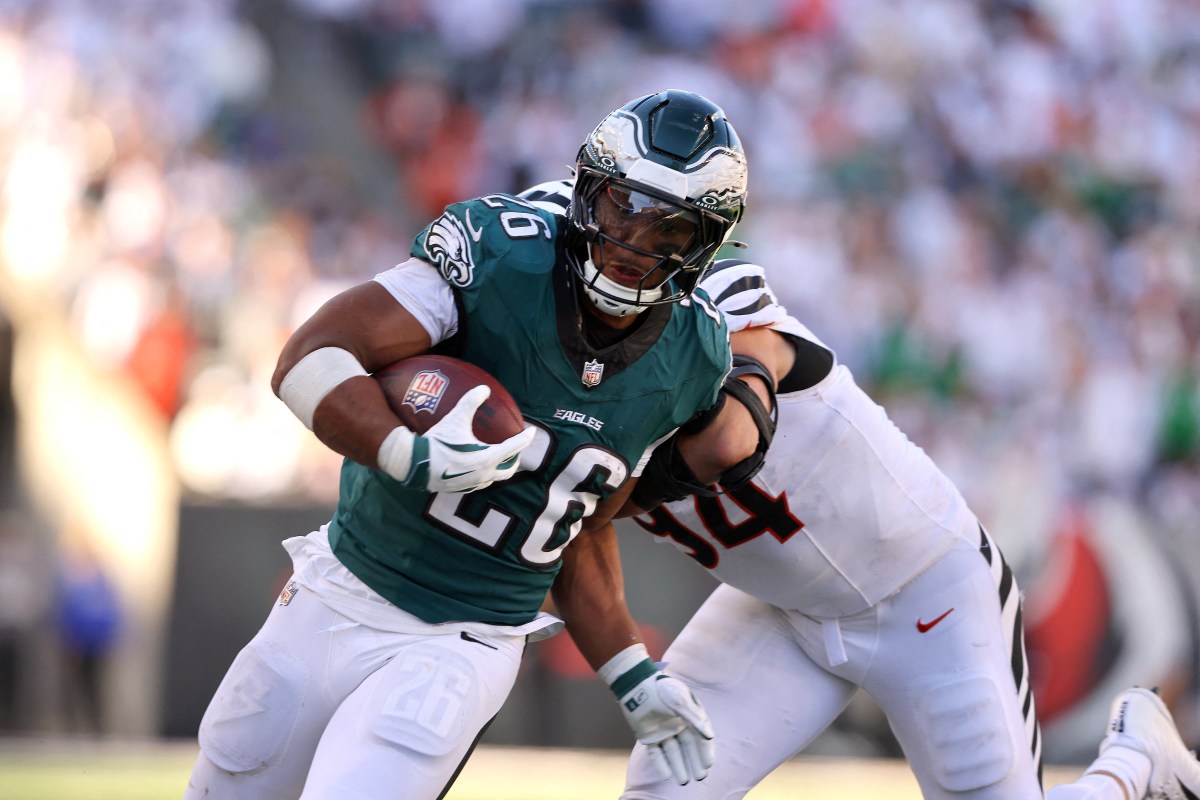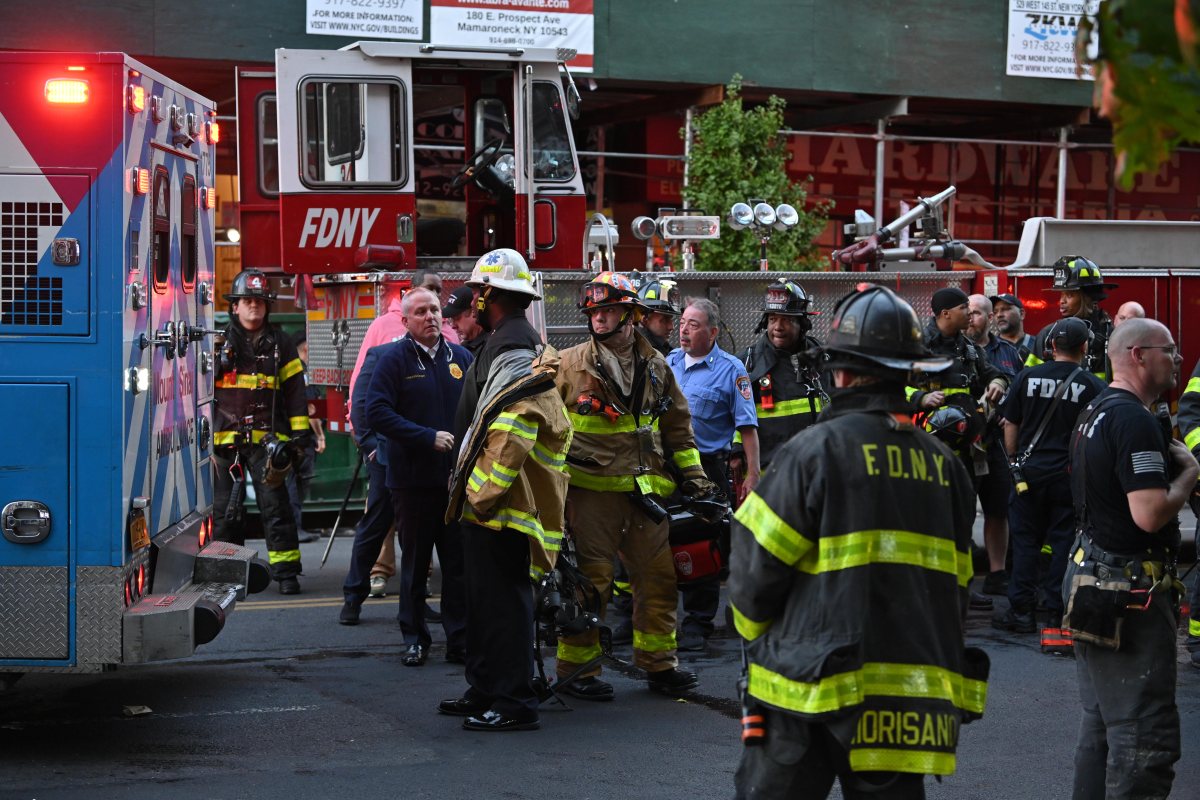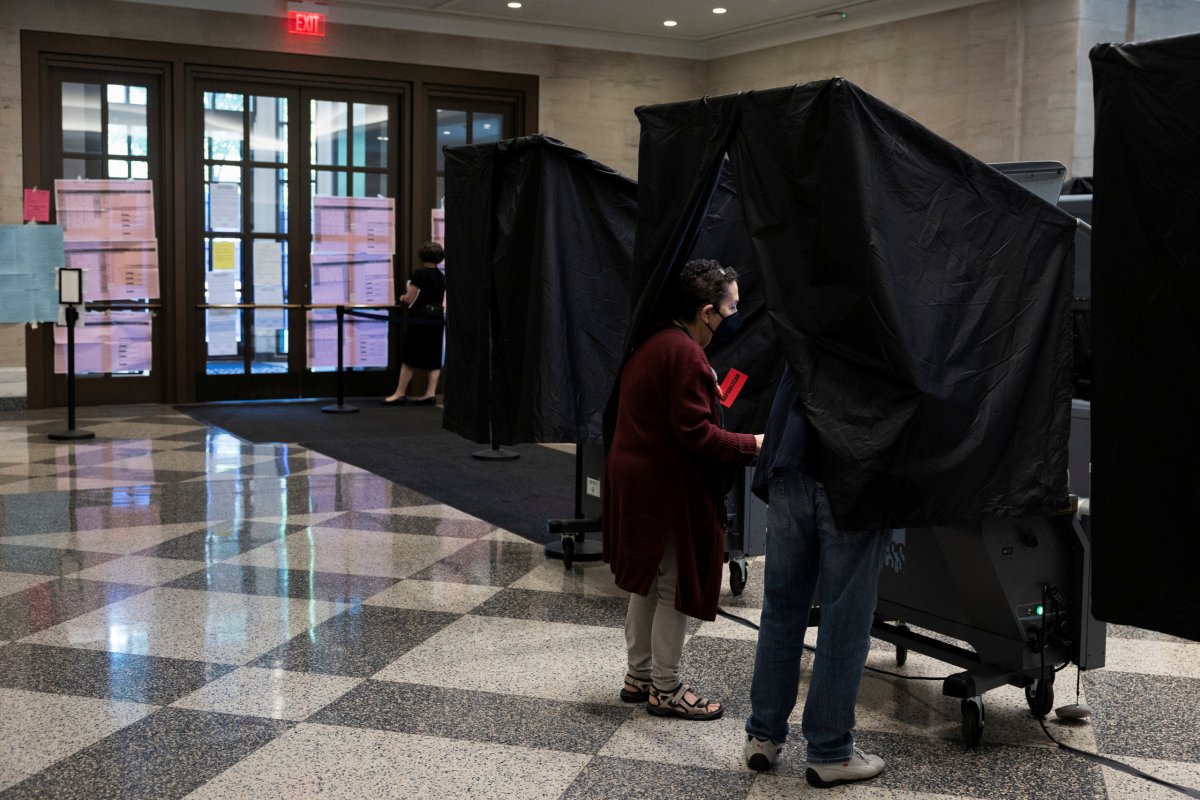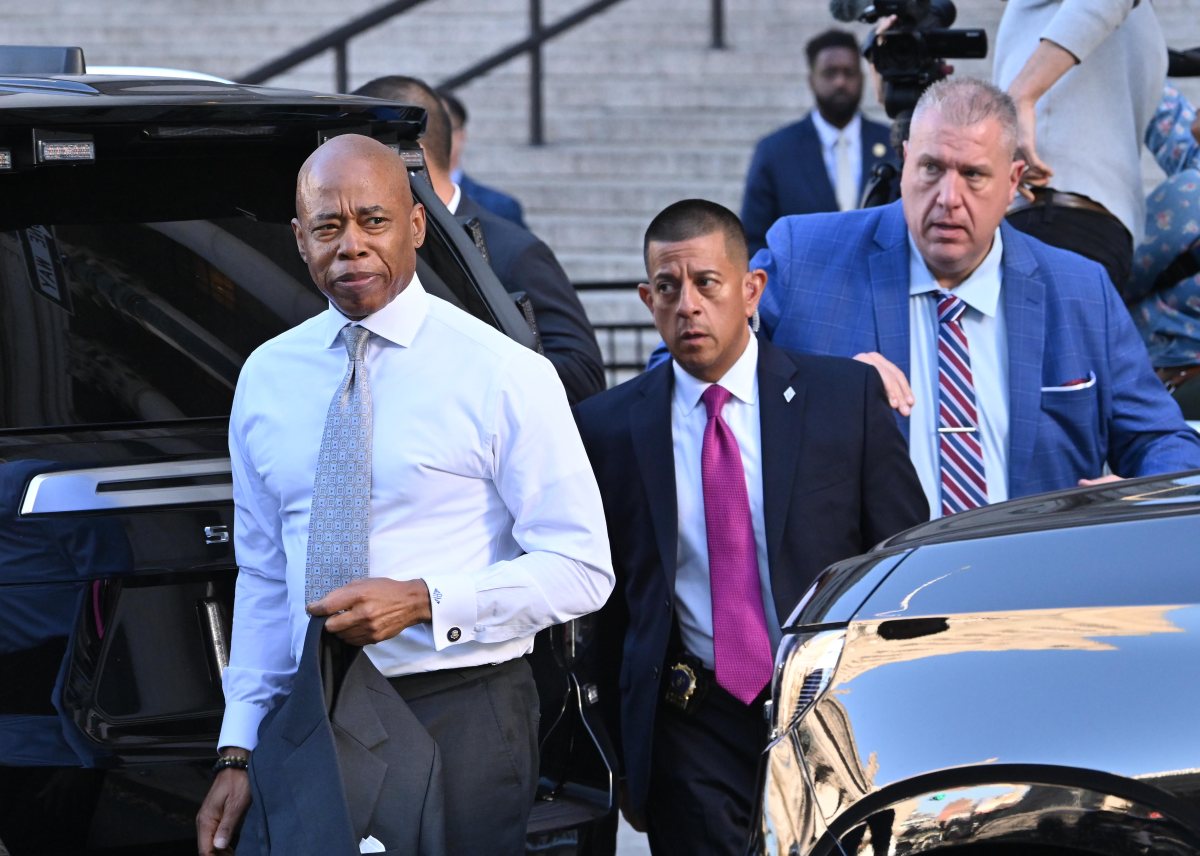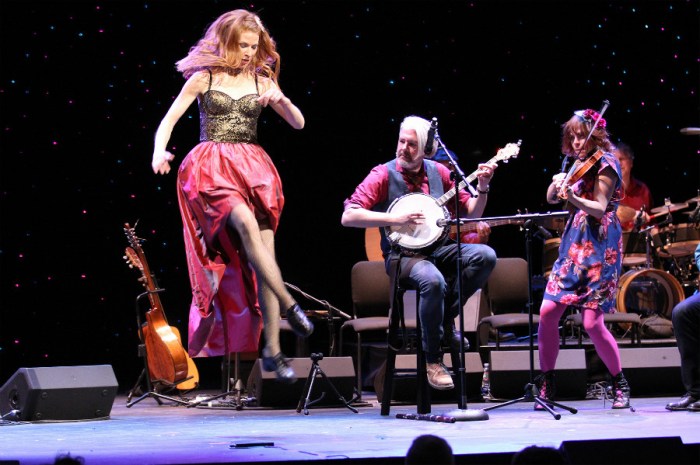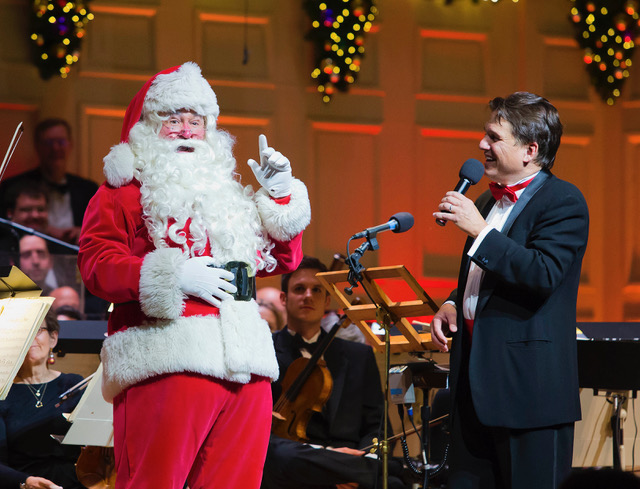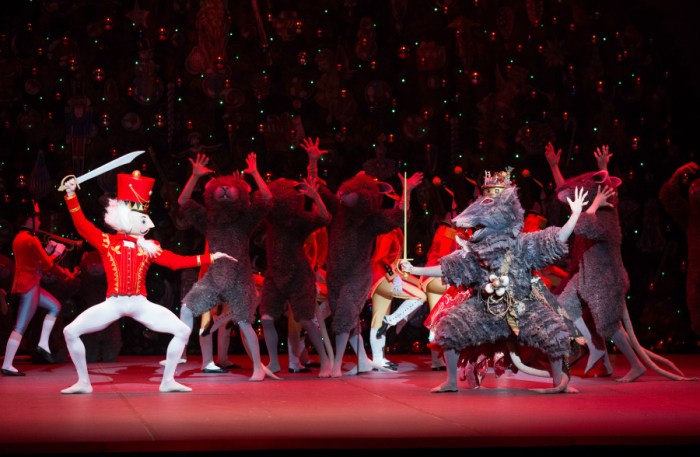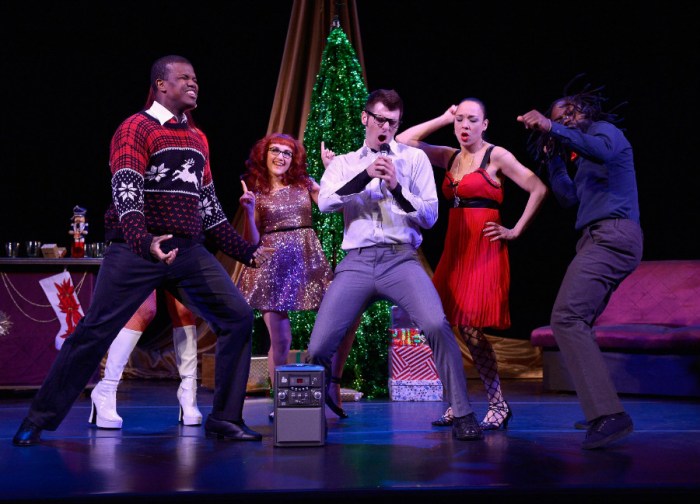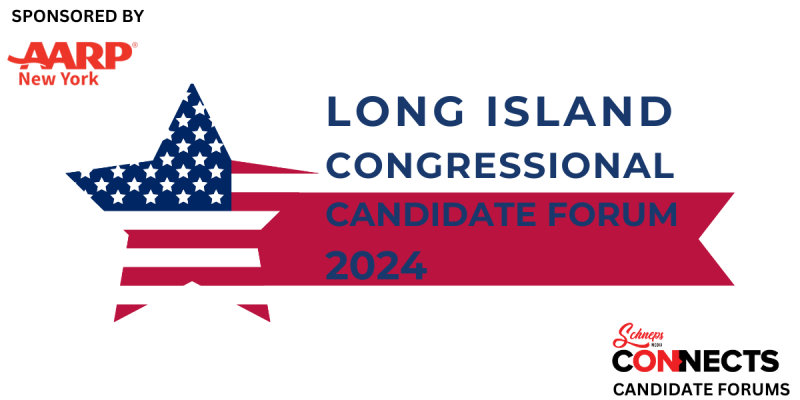The tragic events of Sept. 11 loomed over the first season of Tony Williams’ “The Urban Nutcracker,” and the artistic director debated if he should even move forward with his holiday production at all. “Opening night was two months after 9/11, and a friend said to me, ‘Is this really a good time for you to be debuting this show?’” remembers the former Boston Ballet dancer and founder of the Tony Williams Dance Center in Jamaica Plain. “I really thought about it, but somehow it felt like the right thing to do. We did three sold out shows, and people had electric responses. I think maybe it had to do with the experiences we had gone through, the aftermath.” Williams — like many of the artists and creators we’ve spoken to in the months following the election — hope their art provides healing qualities, even for him.
“I’m fortunate to have the opportunity to say, ‘Let’s go rehearse, and forget about the election for a little while,'” he says. “Time does heal, but for me, I’m lucky to have young people in my cast and classes who aren’t thinking about the aftermath, and the blueness of the world. They’re thinking about having a good time. Being around this youthfulness has helped me heal anything I’ve been feeling about this election.” With the “Urban Nutcracker” now in its 16th season, Williams’ production has grown and evolved, while keeping stylistic ethos from that first 2001 season: a city backdrop inspired by Boston with Duke Ellington’s Nutcracker Suite driving the beat for a diverse range of dancers. This year’s edition, opening Friday at John Hancock Hall, will also incorporate Georgian folk dancers into their blend of classical ballet, modern dance and hip-hop.
“Each year we like a surprise in the prologue scene — we’ve had a double Dutch skip rope troupe, flamenco dancers, Irish step dancers, and this year we have two professional Georgian folk dancers,” says Williams. “I try to improve the quality [of the show as a whole] every year. It’s been good through the years, but every year, I want it to be a little more perfect.”
In addition to a new prologue scene, this season’s “Urban Nutcracker” will include new cityscape drops by set designer Janie Howland and a swanky new throne for Clarice that will make its audience-side debut in act two. Each year, planning for tweaks and additions begins just as the season prior ends. “Its a 12-month cycle,” Williams explains. “There’s loose planning and a postmortem in January, then in spring things start to ramp up.” Auditions begin in September, and while the “Urban Nutcracker” boasts a more diverse cast than many other dance productions in town, Williams is quick to call it a happy coincidence.
“We don’t have a quota system, it’s an organic decision. It’s not like, ‘Let’s pick a black kid here and an Asian-American here. It’s not like that all,” he says. “It’s very fluid, but we’re also receptive to folks coming to [our] school because they feel comfortable in a racially diverse school. You see kids in our classroom, and it’s like the U.N.” On the other hand, Williams, who was the first African-American principal dancer at the Boston Ballet, is also focused on providing opportunities for minority dancers and plans to establish an apprentice program for female students of color. “You don’t tend to see many women of color in Boston shows, on point, in tutus,” he says. “You see men, but I think Boston is behind in representation of people in color in dance in particular.” If you go:
Dec. 16-31
John Hancock Hall
180 Berkley St.
Back Bay Events Center
Tickets start at $25,urbannutcracker.com

